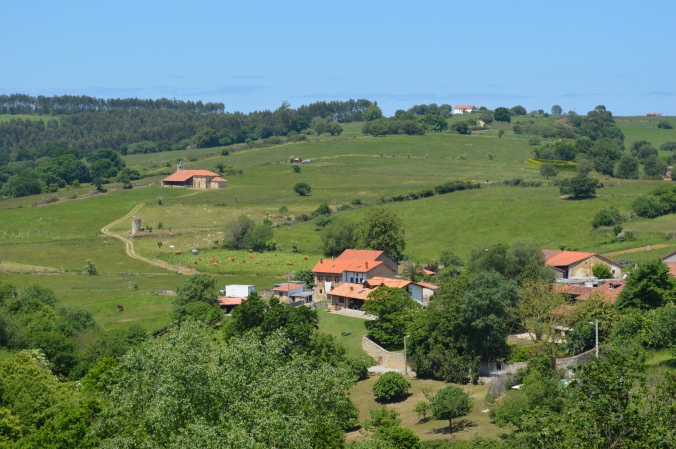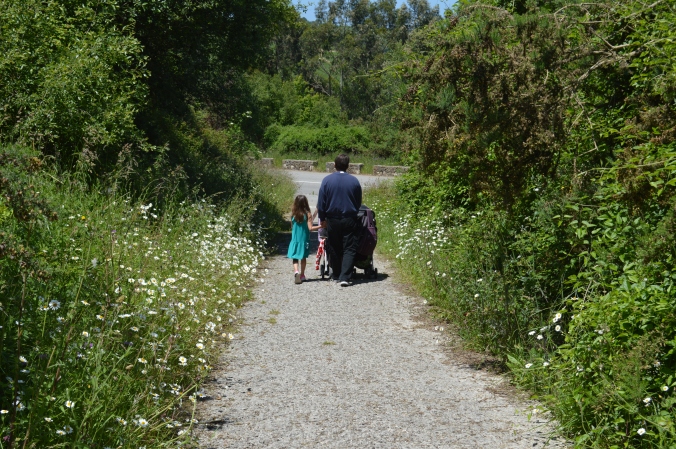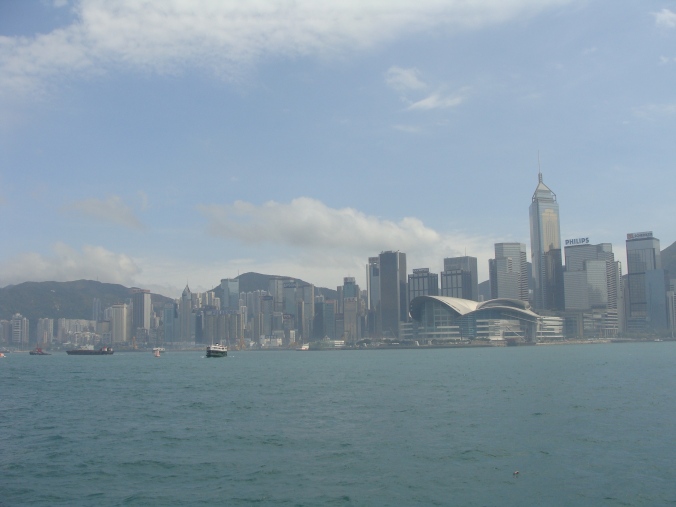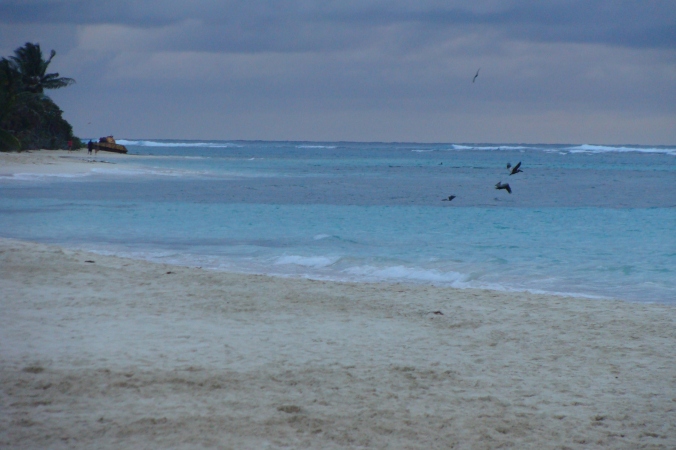Bilbao is a city I would return to again and again. My husband had lived there many years ago as a missionary for our church. Twenty years ago, as he describes it, it was a dirty, industrial city. Now the industries are gone, it has been cleaned up, and features beautiful modern buildings like the Guggenheim. I would return just to see the Guggenheim again. The new and modern architecture of Bilbao is what probably comes to mind when you hear Bilbao mentioned, but a hidden jewel tucked away from the downtown area is Casco Viejo, the old city.

Casco Viejo, Bilbao
The old city is filled with a unique character, and interesting shops. I wish we had more time and more money while we were there. Spanish fashion, both for children and women, is vibrant and interesting. Casco Viejo is filled with current trends and also traditional clothing for children. I really wish we had bought our son a traditional Basque outfit, complete with boina. We called him hombrecito while in Spain. With a boina, he would really have fit the part. In addition to clothing, there are many artisanal stores, with modern high end stores mixed in.

Bilbao Athletic Club
In Toledo, the streets were draped with canvas to keep out the harsh sun. In Bilbao, the streets were draped with flags and banners celebrating the Athletic Club of Bilbao, their professional football club. It is an interesting mix of medieval and modern, much like all of Bilbao. It has a different feel from central Spain. The northern coast is more rainy and green than the rest of Spain. In fact, a couple we met from Ireland says it is just like the Irish coast. There are remnants of Celtic culture in northern Spain. The bagpipes are played. Many churches display celtic symbols. Bilbao is part of the Basque country. The Basque country has its own language, called either Basque or euskara. Bilbao displays its signs in both Spanish and euskara. This language is spoken only in the Basque country. It has no known linguistic relatives. This adds an exotic air to this northern Spanish brigadoon.

Camino de Santiago Scallop Symbol
Wandering in Casco Viejo, we came upon this plaque in the street. My husband and I have talked about doing the Camino de Santiago with our children someday. The Camino de Santiago was one of the major Christian pilgrimages from medieval times. Legend says that the remains of St. James were buried in the town of Santiago de Compostela. The scallop shell is a symbol of this pilgrimage. Like the lines on the scallop shell, all lines lead to a single point. In this case, that single point is the remains of St. James in Santiago de Compostela. This plaque is modern day interpretation of the scallop shell symbol. We encountered other versions of the symbol, a scallop shell carved in stone, in other parts of northern Spain. We were thrilled to cross paths with the Camino de Santiago in Casco Viejo. Whether on the Camino de Santiago or other less formal trips to Bilbao, we hope to cross paths with Casco Viejo again.
Other posts about Bilbao:


































